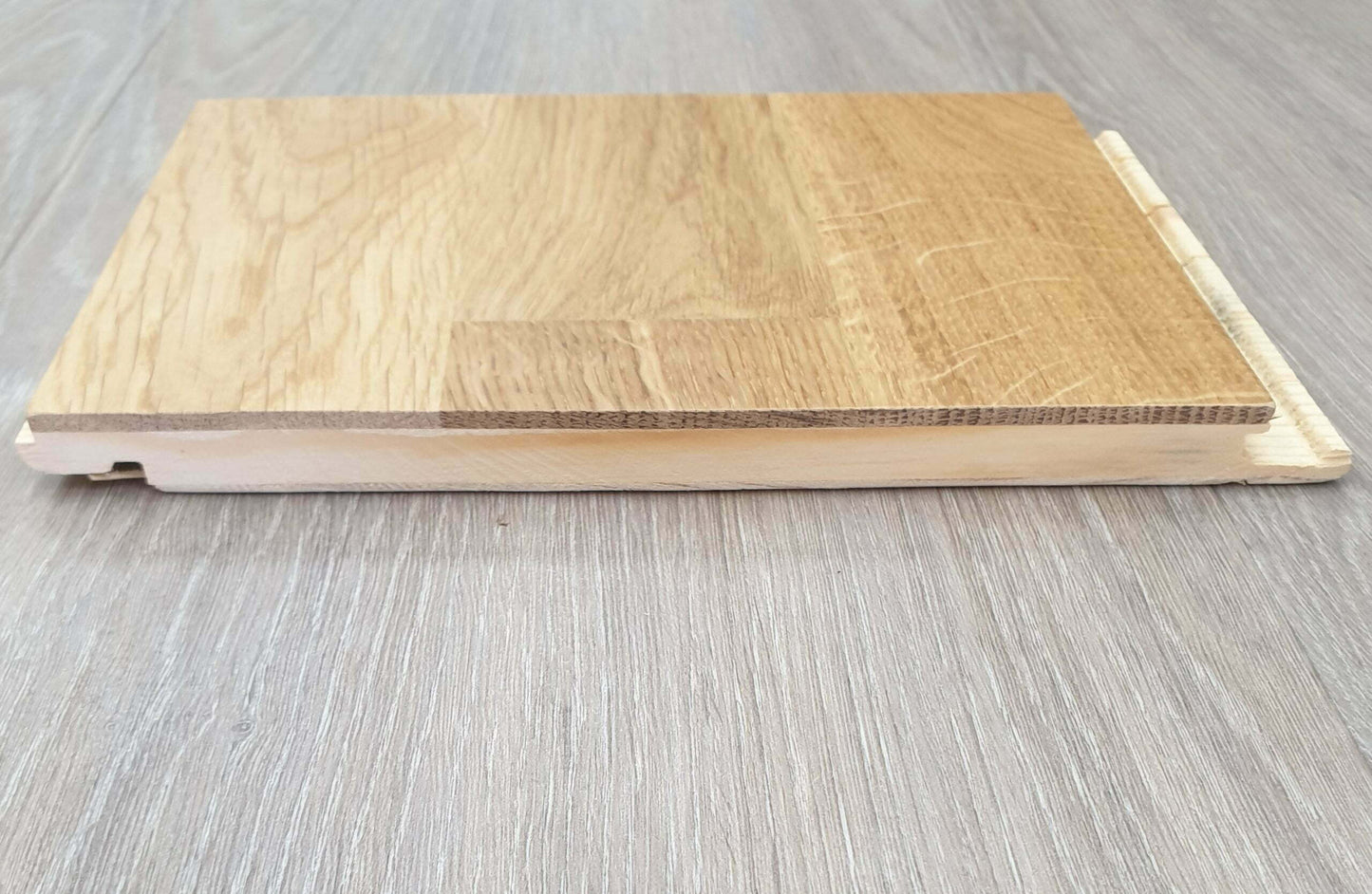
What is the difference between Solid wood and Engineered wood?

A solid hardwood floor is made from the same timber species throughout its entire thickness, which is why it is commonly referred to as simply solid wood flooring.
Engineered flooring is, on the other hand, made of a wear layer of hardwood which can consist of different thicknesses bonded to high-quality plywood. The plywood comes in 2 types, 3-ply and multi-layer ply.

What is the difference between lacquered and oil-finished floors?
Even though this question might initially strike you as absurd, it is applicable in a variety of situations. The final appearance that is created is where the two differ most. Lacquered floors will give it a sleek and smoother finish because lacquer is a modern-day varnish that rests on top of the wood and doesn't sink in as oil does. Oiled floors give a very natural look with a matt finish appearance while maintaining authenticity. There are two finishes available for lacquered floors: satin (shiny) and Matt (matt).

What is the difference between Satin Lacquer and Matt Lacquer?
While less glossy than semi-gloss or glossy surfaces, satin finishes reflect light more readily than matt finishes. They'll give your wood a polished appearance, making the entire space glisten with style. On the other hand, matte finishes give your flooring a smooth, lifeless appearance. Matt is flatter than satin, which has a slight gloss. Even while satin is more difficult to apply and touch up if any marks do over time, it is also more enduring and easier to clean.

What is the difference between tongue and groove and Click System floors?
For tongue and groove flooring, each board has a thin piece of material called the tongue toward one side, and a space on the other called the groove. The tongue slides within the groove and jumps into place. This makes for a simple and adaptable installation.
The click fitting framework implies that the boards of the ground surface effectively adjust together and lock properly, so there is no need for nails, screws or adhesive. Each board of click framework flooring has interlocking joints that are machined onto the edge of the board during the assembling system
What is the difference between 1-Strip, 2- Strip and 3-Strip floors?
Despite the confusion, it is as simple as a single strip in a single piece of wood running from one side to the next (in a plank) and has no mid-board joins, just at the edges.
In 2-Strip and 3-Strip wood flooring, individual strips are manufactured by cutting grooves or v's into the top layer made of solid wood. The final effect is that the floor usually looks busy – three planks are laid next to each other, or three strips of the top layer are bonded edge to edge to a single board.


